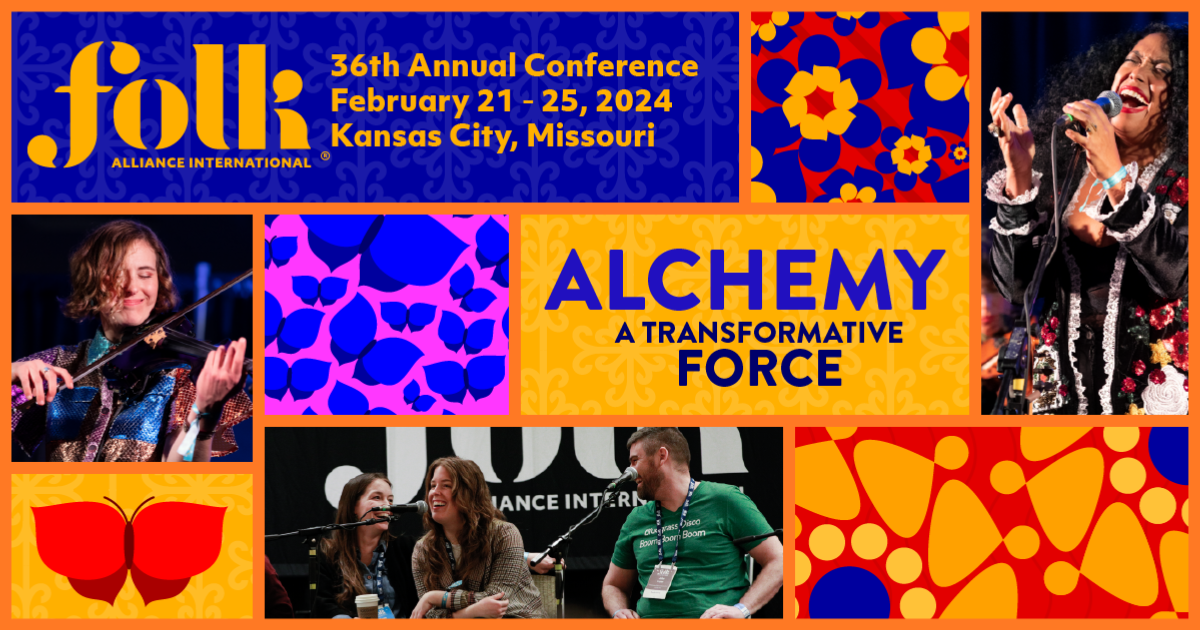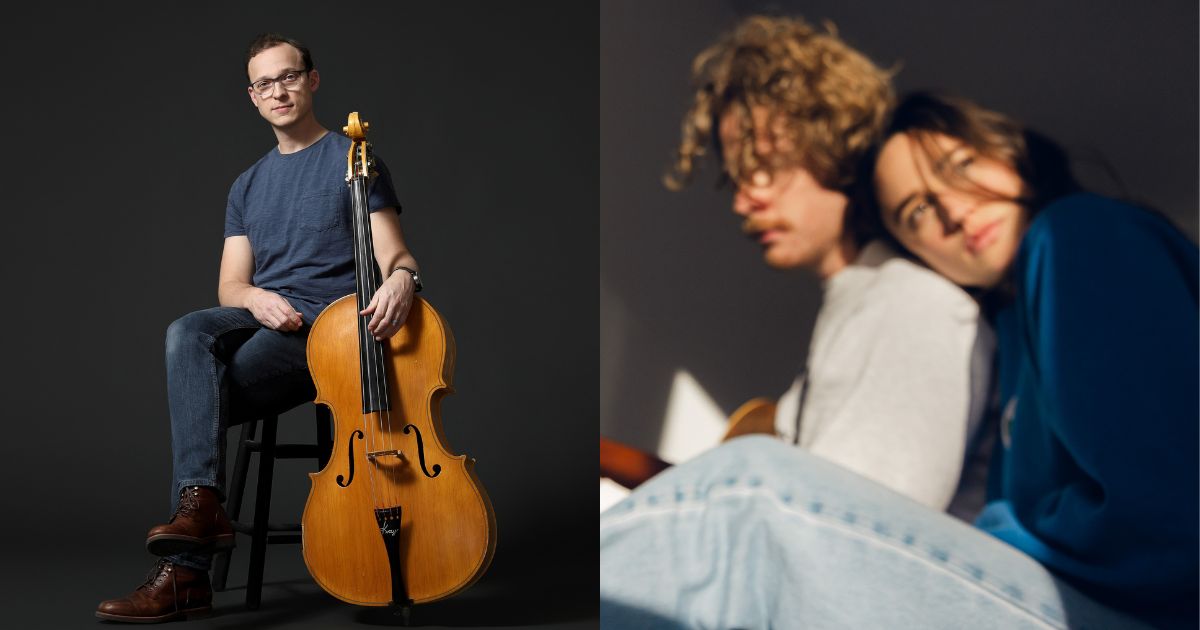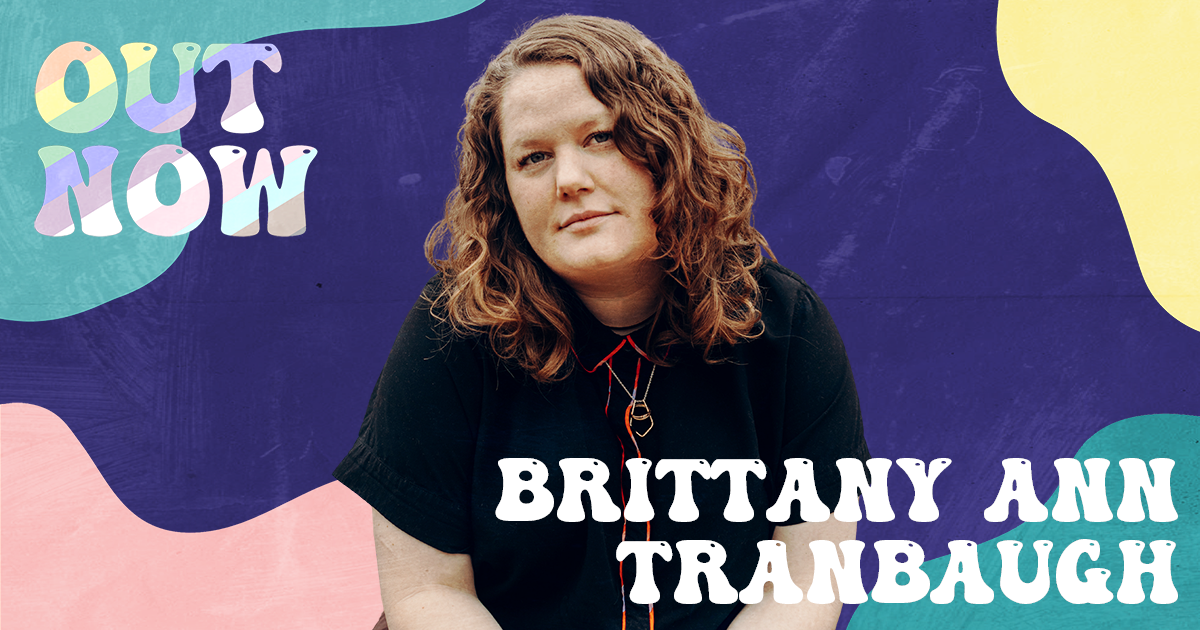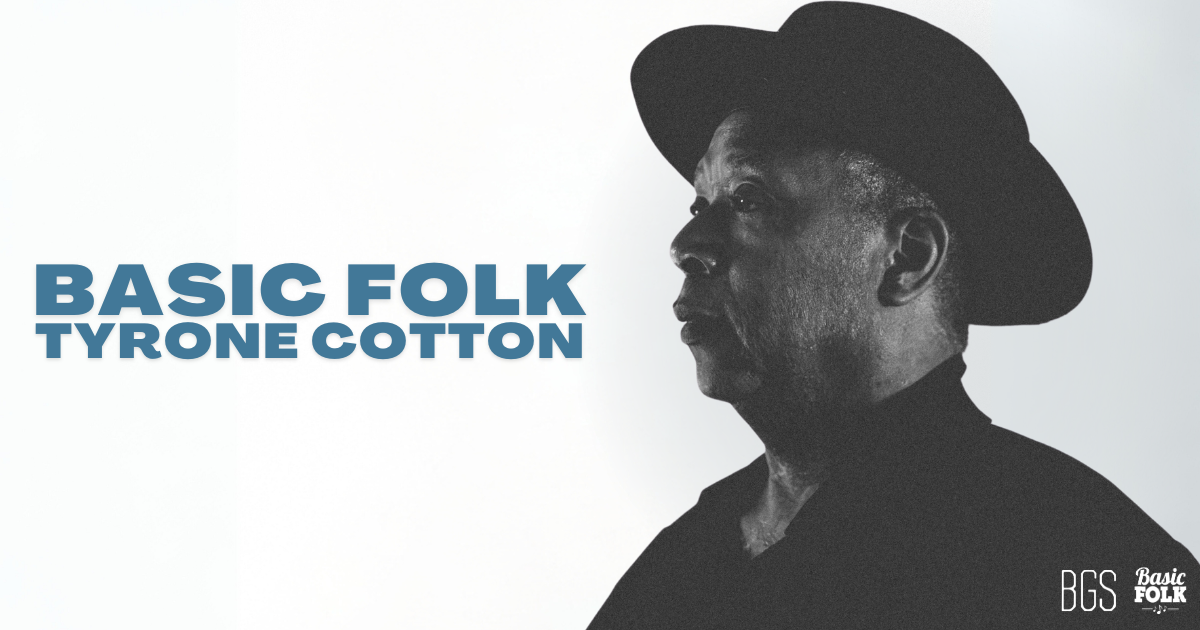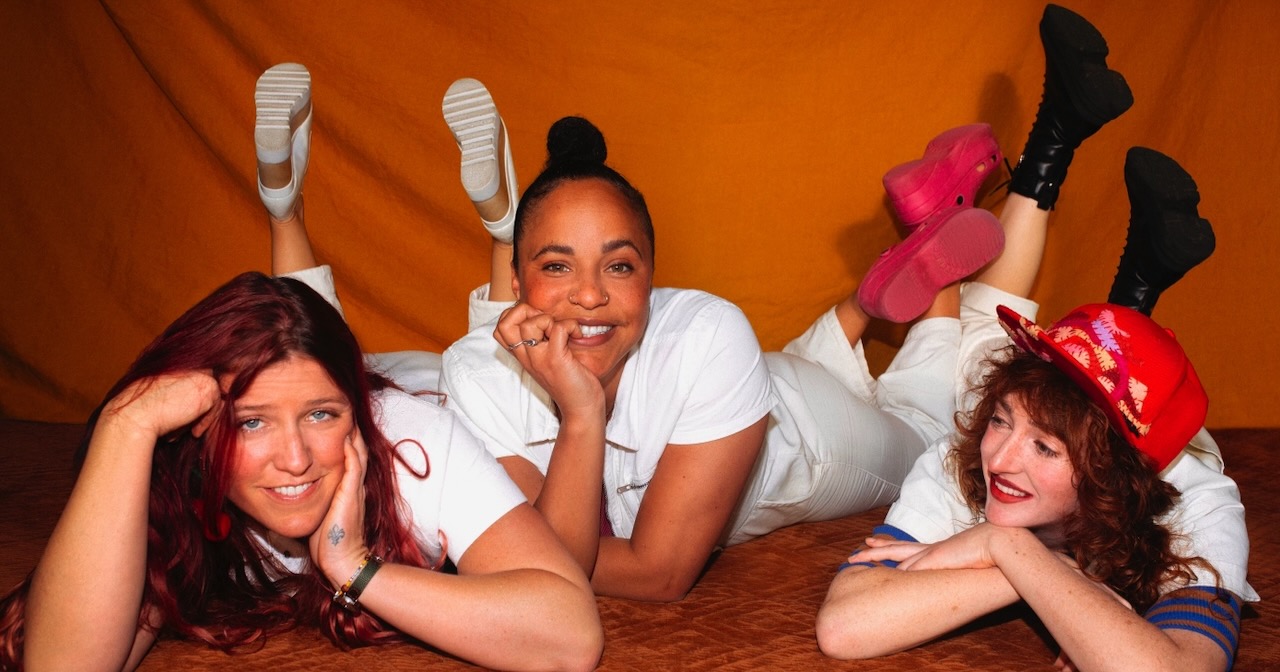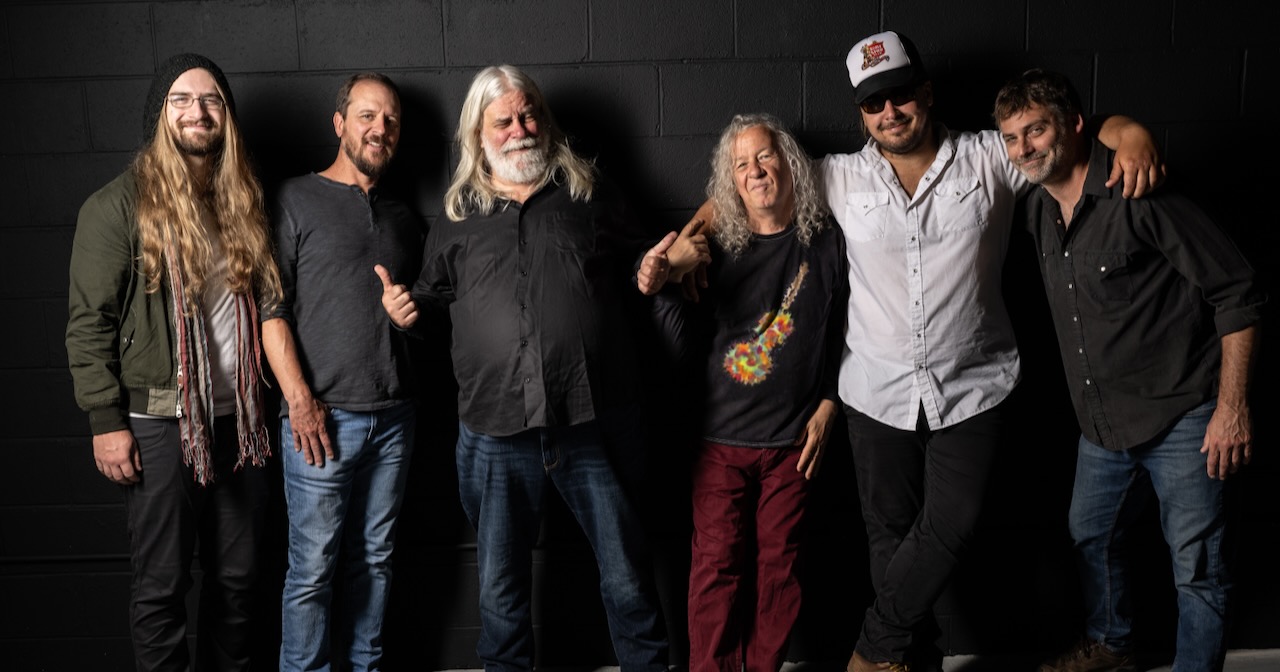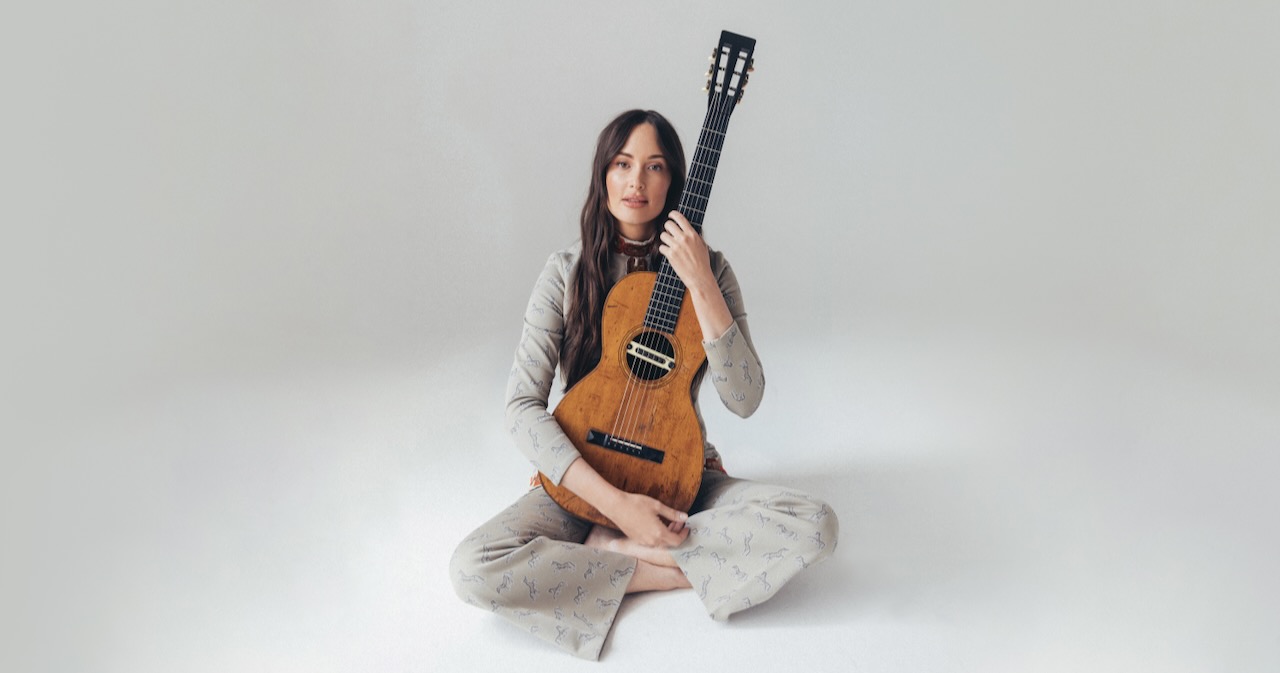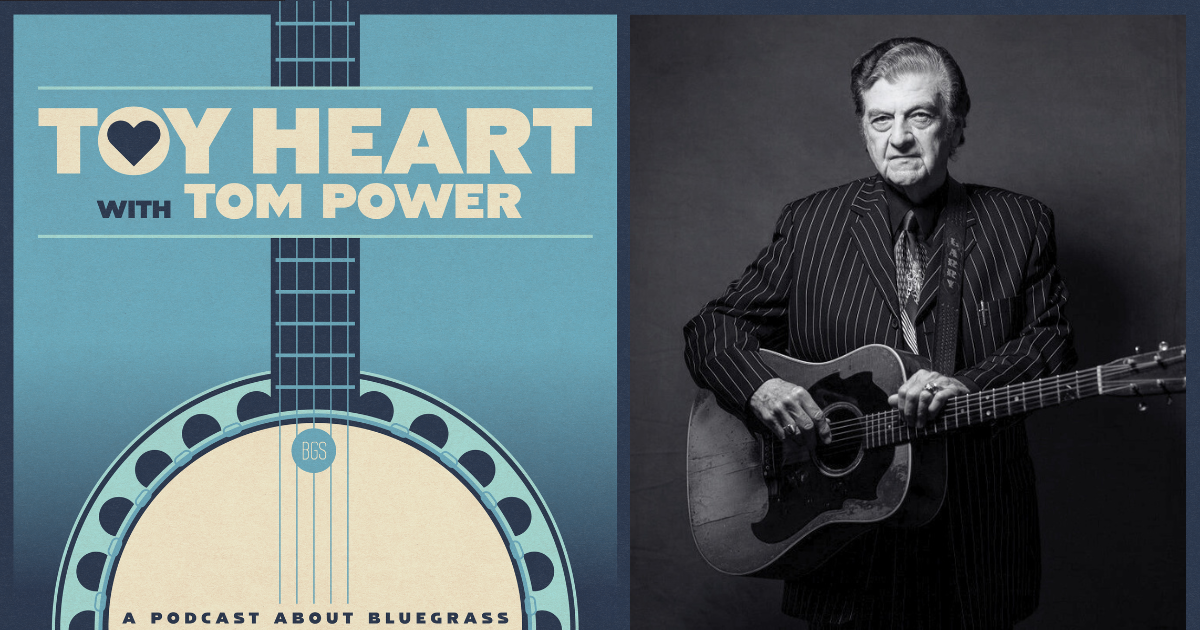From February 21 to 25 the global folk music community will descend on Kansas City for Folk Alliance International’s 36th annual conference. This year, the event’s theme is Alchemy: A Transformative Force, as the non-profit organization puts it: “Showcasing the power of music to provide the change needed in the world.”
“The power of alchemy can manifest, for example, when an artist processes their individual pain into words and vibrations that connect and comfort listeners,” FAI continued via press release. “The alchemy theme invites us to lean into processes of discovery and experimentation and to think about how we nurture the sparks of creativity that light fires of change…”
Over five days at the Westin Kansas City at Crown Center the conference will feature a variety of panels, keynote addresses, networking events, education, and – of course – limitless music. Between official and private showcases there will be reportedly more than 2,000 performances by folk musicians from across the genre spectrum. This year, there will also be a handful of summits held during the conference including a wellness summit, a legal summit, The Black American Music Summit, and the Indigenous Music Summit. The event’s keynote speakers include Noel Paul Stookey (of Peter, Paul and Mary), singer/composer and Grammy-winner Lucy Kalantari, and David Israelite (President and CEO of the National Music Publishers Association).
BGS will be on hand for FAI 2024, as well! With our friends from Good Folk we’ll be hosting “The Good Room” (#717 at the Westin) featuring three nights of music celebrating Good Folk, BGS, and Good Country. See artists and performers like Nat Myers, Willi Carlisle, Kyshona, AJ Lee & Blue Summit, Humbird, and many more Thursday, Friday, and Saturday nights at the conference. (Full schedule below.)
To prepare for the big week, we want to share a few events, artists, showcases, and highlights we’ve got on our schedule for next week’s Folk Alliance International in Kansas City. You can still register for the conference and join us as we celebrate and learn from folk music alchemy!
The International Folk Music Awards
On Wednesday, February 21, the opening day of the conference, the International Folk Music Awards will be handed out in an evening ceremony. Based on members’ votes, the organization will hand out awards for Album of the Year, Artist of the Year, and Song of the Year, as well as a handful of Spirit of Folk awards, several Lifetime Achievement honors, and inductions into the Folk Radio Hall of Fame. Plus, FAI hands out three very special, activism- and impact-geared recognitions as well: the Rising Tide Award (recipient Sara Curruchich), the People’s Voice Award (recipient Alynda Segarra), and the Clearwater Award (recipient LEAF Global Arts Festival).
Not attending FAI or able to make the IFMAs on Wednesday night? Do not worry! Like years prior, you will be able to stream the awards via Folk Alliance’s YouTube Channel.
The Indigenous Music Summit
View this post on Instagram
For the first time since FAI 2020, the Indigenous Music Summit will return to the conference for an Indigenous Community Gathering. It’s something of a precursor of the organization’s banner 2024 event, to be held in what’s now called Toronto at the beginning of June. Though the gathering on Friday at Folk Alliance 2024 is open only to Indigenous delegates, there will be an IMS showcase also on Friday from 11:30pm to 2:30am in the Pershing Place ballroom that’s open to all attendees. Be sure to catch showcase performances by Mikhail Laxton, Ila Barker, Nimkii and the Niniis, Andrina Turenne, Olivia Komahcheet, and Shauit.
The Good Room
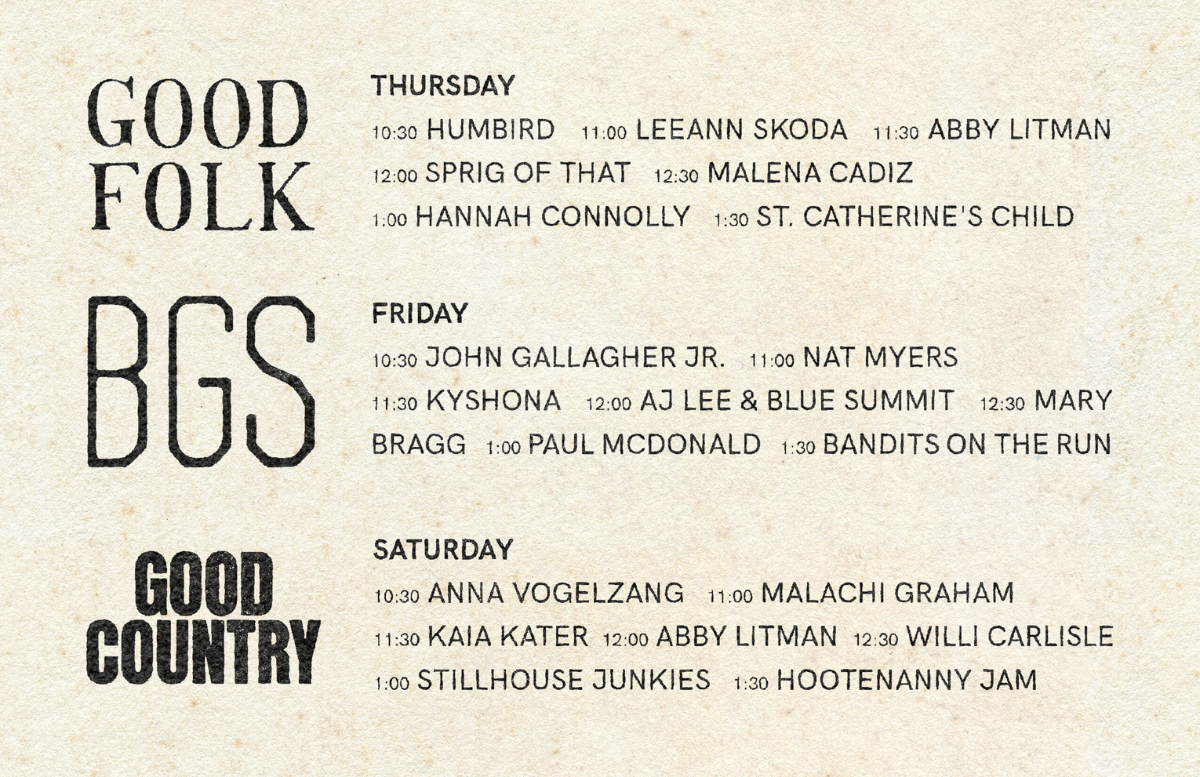
Good Folk LA, BGS, and Good Country combine to bring you three evenings of excellent roots music in room 717 at the Westin Kansas City at Crown Center. See the full schedule for our private showcase above. The first night, programmed in partnership with Abby Litman of Good Folk LA, will feature Humbird, Hannah Connolly, and many more. Our BGS geared night will include bluegrass (AJ Lee & Blue Summit), country (Mary Bragg), blues (Nat Myers), and so many more styles and sounds. The final night, celebrating our new brand and email newsletter Good Country, will culminate with a rowdy and fun Hootenanny Jam, preceded by our current Artist of the Month Willi Carlisle, Kaïa Kater, Malachi Graham, and more.
We hope you’ll stop by room 717 while you’re at Folk Alliance to say hey, have a beer or seltzer, and enjoy some first class folk, bluegrass, country, and beyond.
Keynote Addresses
Folk Alliance always boasts a jaw-dropping slate of keynote addresses – as well as panels, discussions, affinity groups, and more. This year’s conference will continue that excellent track record with keynote addresses and conversations that feature five-time Grammy Award-winner Noel Paul Stookey of Peter, Paul and Mary; two-time Grammy Award-winner and Latin Grammy nominee, Lucy Kalantari; and President and CEO of the National Music Publishers Association (NMPA), David Israelite.
Hear Stookey in conversation with Deana McCloud on Thursday, February 22 at 2:00pm, as the pair chat about “Alchemy Through the Years.” Folk Alliance had this to say about the session in their official schedule: “Noel Paul Stookey has been altering both the musical and ethical landscape of this country and the world for decades – both as the ‘Paul’ of the legendary Peter, Paul and Mary and as an independent musician who passionately believes in bringing the spiritual into the practice of daily life.”
David Israelite will speak on the Value and Creativity of Creators on Friday, February 23 at 3:30pm, “[speaking] on the value to society of creativity and creators, addressing the needs of those benefiting from the use of music to support and respect the contributions of the folks making music.” The event description continues: “The importance of staying vigilant in the protection of our cultural contribution and providing for sustainability is key. We can’t allow for a ‘scorched earth policy’ that has become of the approach of certain music users because songwriters and music publishers, many of which are small businesses, need certainty and reliability on knowing what their income is and will be, in order to keep creating and providing society with the impactful alchemic process that it advances in communities globally.”
Finally on Saturday at 10:30am, Lucy Kalantari will speak on “Producing Alchemy” with Austin-based musician and activist SaulPaul facilitating the conversation. “Lucy Kalintari [will speak] on transforming creativity while helping artists transform stories and sounds. Explore the alchemy of an idea transmitted to an audience. She will [be] discussing the alchemy of collaboration, when artists work within a genre to push its conventions, and when artists cross ‘genres’ to collaborate.”
If you’re ready for an alchemical week, these Folk Alliance keynote speakers will equip you for getting the most out of this year’s conference, programming, and theme. Find a current schedule of conference events, panels, and sessions here.
Showcases, Showcases, Showcases!
View this post on Instagram
Folk Alliance proudly advertises their conference as gathering more than 2,000 showcases under one roof and, in the pantheon of music festivals, conferences, and the like they certainly stand out in the quality and efficacy of their showcases. Whether official or private, there are truly countless opportunities to hear the most buzzed about newcomers, true living legends, and newly discovered talents, too. Besides our own lineup for our private showcase in room 717 (see the schedule above), here are a few official and private showcasing artists we’re excited to catch at Folk Alliance.
See the full list of showcasing artists and schedule of performances here.
Liv Greene
We love Liv Greene’s music, especially this almost four-year-old number, and are really looking forward to their upcoming, yet-to-be-announced album. We’re hoping to catch some of that new material during Folk Alliance, so when you encounter this heartfelt, poetic songwriter during the conference, keep your ears open for new songs – we hear they are coming. (Read more about Liv in a recent Out Now interview.)
ISMAY
ISMAY’s pastoral, Northern California country is effortlessly raw and real – they did make it onto our “Three Chords and… Authenticity” Good Country playlist, after all. We’re excited to hear some of their just released album, Desert Pavement, at their Folk Alliance showcases as well as catching the screening of their new film, Finding Lucinda, on Friday at 3:30pm. Our own managing editor, Justin Hiltner, will lead the Q&A following the screening of the film, which tells a story of Lucinda’s remarkable path as a legendary artist through the eyes of ISMAY (AKA Avery Hellman.)
Mikhail Laxton
From Australia via Ottawa, soul-folk singer-songwriter Mikhail Laxton is a don’t miss showcase artist at this year’s conference. We already mentioned his set as part of the Indigenous Music Summit showcase, but he’s posted his full FAI schedule for addition to your day planner, as well.
Nat Myers
Have you heard modern bluesman Nat Myers’ music? This PBS News Hour episode is the perfect introduction to this Easy Eye Sound recording artist. (That’s Dan Auerbach’s label, by the way.) Myers’ brand of timeless, gristly, warm, and charming blues will be on perfect display in the halls of Folk Alliance, for sure.
Rainbow Girls
Fresh off their brand new album release late last year, folk-rock trio Rainbow Girls will be ready to welcome you to whatever in Kansas City. They’re a chosen family band that’s as charming as they are biting, sharp musicians and songwriters. Check out Rachel Baiman’s interview with the group ahead of their FAI appearances.
Viv & Riley
Viv & Riley are true old-time musicians, but their songs are always forward-looking, too. They’ve been a notable old-time, bluegrassy, string band duo for more than a few years, but we recently featured them on our column One to Watch because, well – you oughta be keeping an eye on ’em! Do so at Folk Alliance, you’ll thank us. Want more? We had them on Basic Folk recently, too!
Willie Watson
Our old pal Willie Watson will be at FAI this year!? Sign us up!! How is this iconic session nearly 10 years old, already? Good memories with Watson, for sure, and we’re just about ready to make some new ones in Kansas City.
